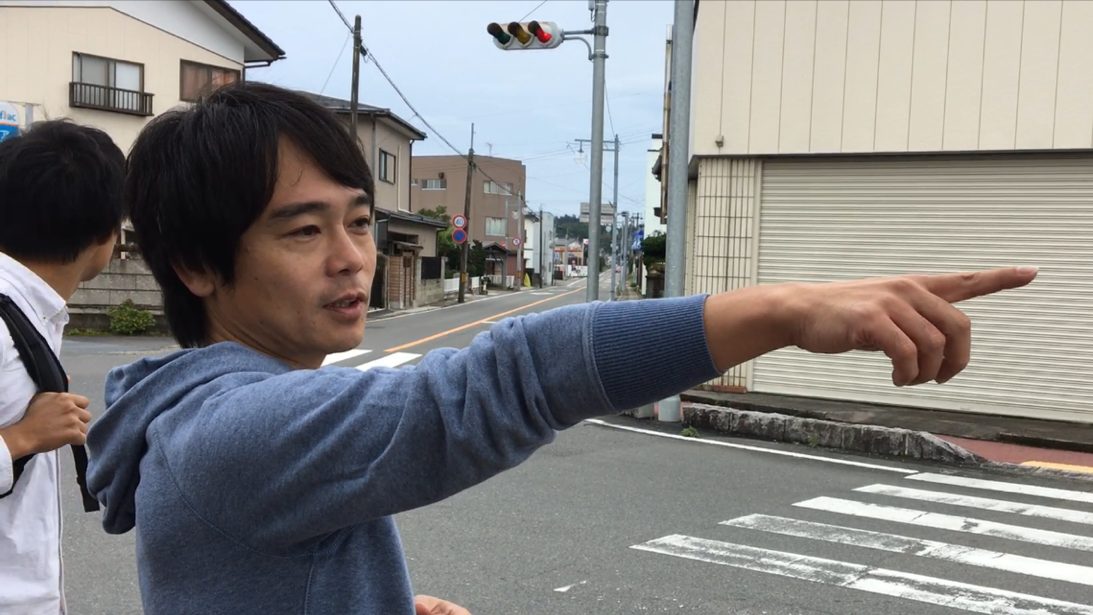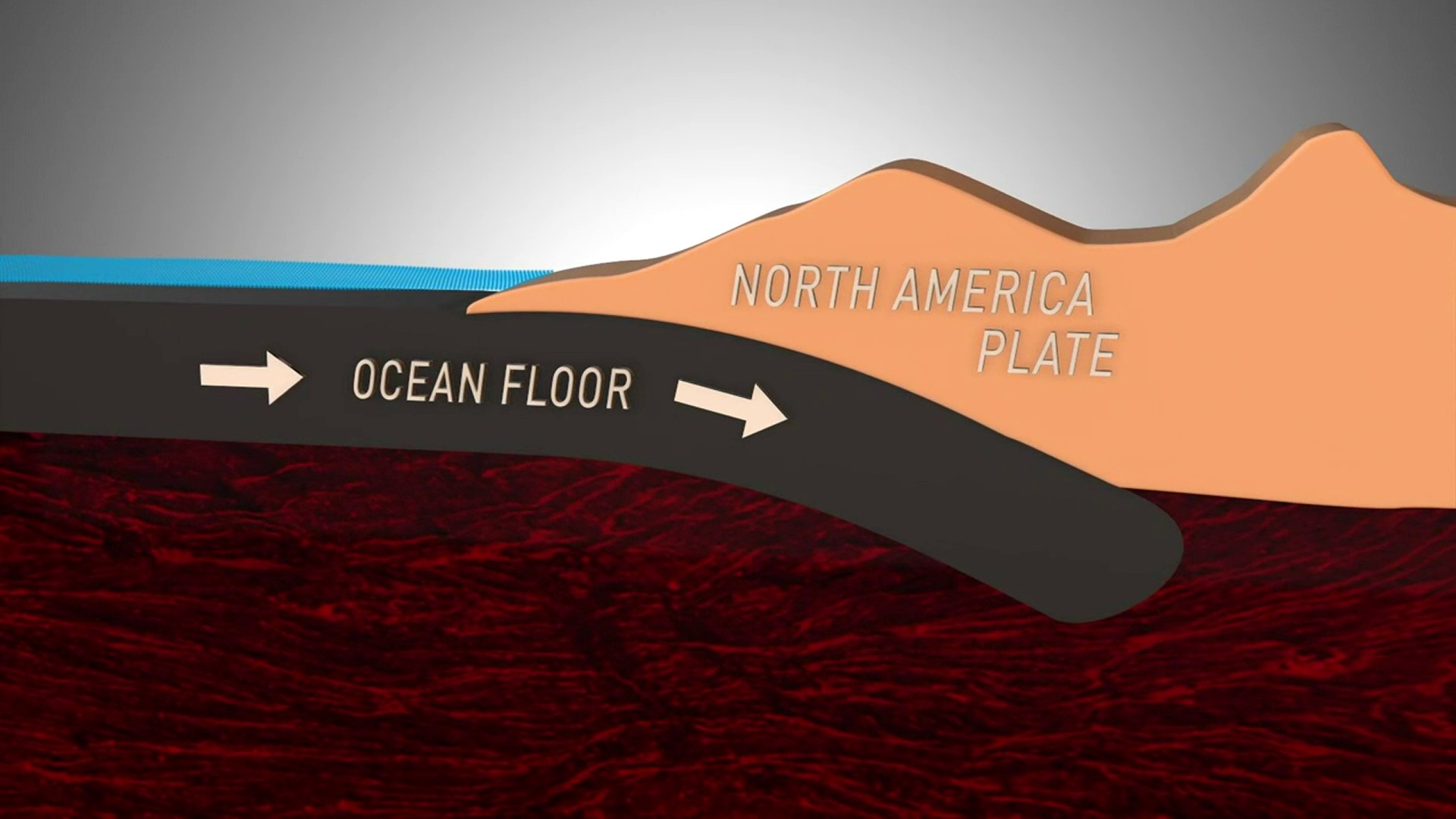The Great Tohoku Earthquake and Tsunami of 2011 was a tremendous blow to Japan's East Coast. But for Fukushima Prefecture, it was a triple disaster with the nuclear meltdown at the Fukushima Dai Ichi generating plant. The hydrogen explosions released radioactivity into the water and air. At the time, some 164,000 Fukushima residents in a 20 km (12.4 mile) radius from the plant were evacuated. According to the prefectural government, in 2017 more than 57,000 are still displaced.
Over the years, the federal government has determined lowered radioactivity levels and clean-up activity have made it safe for evacuees to return except for a swath extending more than 12.5 miles northwest of the plant. The swath has the euphemistic name of "Difficult to Return Zone."
A Tale of Three Towns
When the evacuation zone designation was lifted this April, only 200 of Namie town's 20,000 residents returned. Akihiro Yoshikawa is one of them. He used to work for TEPCO (Tokyo Electric) the owner of the crippled Dai Ichi nuclear plant. He quit to be a tour guide and help in the resettlement effort. "I want to talk about the positives, not just the shade," he says. He takes us to the rebuilt marina where several fishing boats are tied up. The houses that used to hug the harbor have been washed away. And while people will never live there again, Yoshikawa says the land will be turned into an industrial area and park.
He takes us to a Saturday Fall Festival. There is a rock band and a children's dance group, but only a handful of spectators. A young man stands in a tent, explaining how goats belonging to his non profit were used to eat the overgrown yards around town. And a perennial feature these days -- the medical van where residents can get free scans to check their radiation levels. But there's the small shopping center that has a restaurant, grocery store and coffee shop and "combini" (convenience store).
"We are trying to encourage families to move back," Yoshikawa says. "I personally have a love for my "Furusato" (hometown).
In Odaka town, the evacuation order was lifted last July. Local bed and breakfast owner Karin Taira says of the 12,000 people who lived there, about 2,400 have moved back. She left a marketing PR job in Tokyo to open the guest house a month ago.
"I think it's important for visitors to come here and see how we're recovering," Taira says. "We are planting rapeseed to naturally deplete the cesium in the soil. We are pursuing clean (solar) energy and touting the beauty of our area."
Taira was inspired to move to Odaka by a non profit group called Odaka Workers Base. It's run by a 40-year-old systems engineer, Tomoyuki Wada, who lived in five evacuation centers before finally moving his family back to Odaka. His goal, he says, is to create 100 businesses because small businesses improve people's lives.
"It was like a chicken and egg situation," he explains. "You want people to move back, but they need jobs and stores and services to support their move back."
Among some 80 new businesses (there used to be four times as many) are several restaurants, a couple of groceries, Taira's guesthouse, another traditional inn (ryokan) and a glass jewelry business. The organization gets capital to establish businesses from the federal government, but Wada admits he sometimes dips into his own pocket to get starting capital. Taira says Wada is in a good position to do so since his family gets business and residential displacement compensation from the federal government, though it will end for most by next year.
For former forester and wood chip maker Ryozo Hakozaki of Minamisoma, the triple disaster thrust him into a leadership position he thought he'd never have.
"When you start from zero, you have a clean slate to innovate. What IS rebuilding? What does success look like?" he says.
He has already started some small ventures using technology like robots and drones in farming and forestry. He has also set up several indoor agriculture ventures and is exploring creation of energy from biomass.
"We cannot work in silos," he said. "We have to be cross generational leaders and share what we learn."
Which is a sentiment shared by many in Fukushima. Former TEPCO worker Akihiro Yoshikawa says the nuclear disaster is a manmade one. "My friends died, but I am living," he says. "I need to share and provide learning. This can save someone's life in the future."
Reporter's Note: As of April 10, 2015, Japan's National Police Agency reports 15,891 deaths and about 2,500 people still reported missing as a result of the Tohoku earthquake and tsunami. The magnitude 9 earthquake shook Japan on March 11, 2011 and generated a tsunami that flooded the Fukushima Dai Ichi nuclear plant. The floodwaters caused a power outage which crippled the cooling systems in three reactors. They suffered core meltdowns and hydrogen explosions, releasing radioactivity into the water and air within the first three days.


